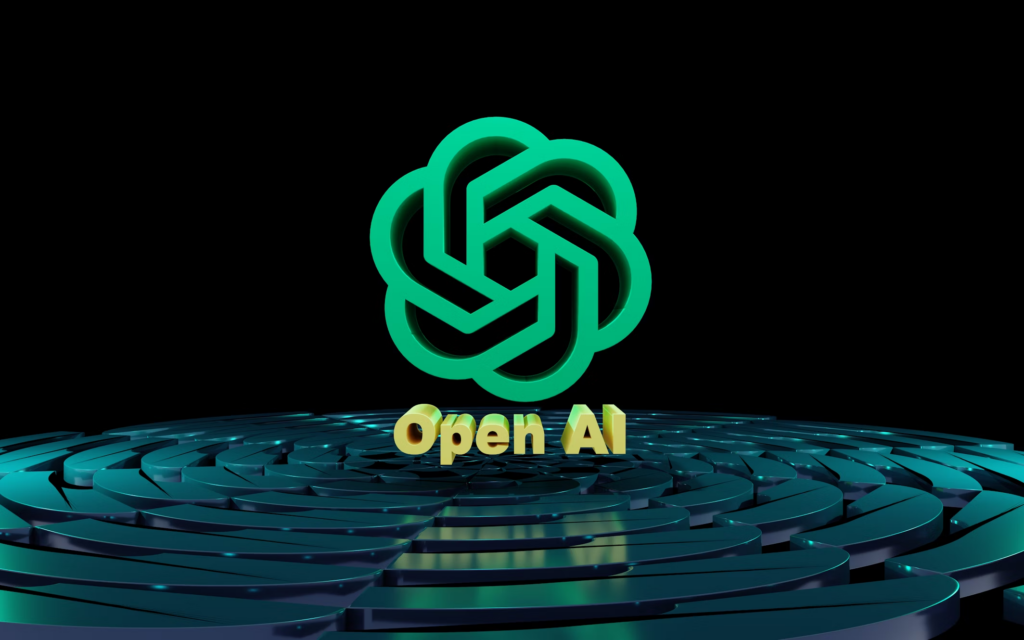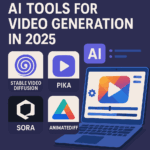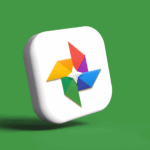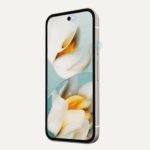
OpenAI’s GPT-4o and Image Generation have taken AI creativity to an entirely new level. This groundbreaking technology is redefining how artificial intelligence produces images, making it faster, more realistic, and accessible to all users. With OpenAI’s latest update, ChatGPT now features native image generation capabilities, eliminating the need for third-party tools.
Whether you’re a content creator, business owner, or AI enthusiast, GPT-4o’s advanced image-generation technology promises high-quality visuals with improved detail, realism, and speed. In this blog, we will explore its key features, how it compares to previous versions, and what it means for the future of AI-driven creativity.
What is OpenAI’s GPT-4o Image Generation?
GPT-4o is OpenAI’s latest multimodal model, capable of processing and generating text, images, and even audio. One of its standout features is native image generation, which allows users to create AI-generated visuals directly within the ChatGPT interface.
Unlike earlier AI models that required external tools like DALL·E, GPT-4o streamlines the process, making image creation faster, more efficient, and visually superior. This is a game-changer for professionals in design, marketing, and content creation.
Key Features of GPT-4o’s Image Generation
1. Enhanced Realism and Detail
GPT-4o produces images with higher resolution, sharper details, and more accurate colors than previous versions. This ensures more lifelike and professional-looking AI-generated visuals.
2. Faster Image Generation
One of the biggest improvements in GPT-4o is speed. Unlike older AI models, GPT-4o can generate high-quality images in seconds, making it ideal for businesses that need fast and scalable content creation.
3. Seamless Integration with ChatGPT
With this update, users don’t need to switch between multiple tools. Image generation is now built into ChatGPT, allowing for real-time creation and editing within a single platform.
4. Customization & Prompt Control
GPT-4o allows greater control over prompts, meaning users can fine-tune style, colors, textures, and composition for more personalized results.
Tweet Announcement by OpenAI
OpenAI officially announced the rollout of GPT-4o’s Image Generation on March 25, 2025. Here’s the official tweet:
4o image generation has arrived.
— OpenAI (@OpenAI) March 25, 2025
It's beginning to roll out today in ChatGPT and Sora to all Plus, Pro, Team, and Free users. pic.twitter.com/pFXDzKhh2t
How Does GPT-4o Image Generation Compare to Previous AI Models?
| Feature | GPT-4o Image Generation | DALL·E 3 | Stable Diffusion |
|---|---|---|---|
| Speed | ⚡ Instant Generation | ⏳ Moderate | ⏳ Slower |
| Image Quality | 🌟 High Resolution | 🌟 Good | 🌟 Moderate |
| Customization | ✅ Advanced Control | ✅ Good | ✅ High |
| Integration | ✅ Built into ChatGPT | ❌ Separate Tool | ❌ Requires External Setup |
| Usability | 🔥 User-Friendly | 🎨 Designer-Focused | 🔧 Advanced Users |
How GPT-4o’s Image Generation Will Impact Different Industries
1. Content Creation & Digital Marketing
Marketers can now generate ad creatives, blog illustrations, and social media visuals in seconds. This reduces costs and increases productivity for content creators.
2. E-Commerce & Retail
AI-generated images can be used for product mockups, promotional materials, and even virtual try-ons, making shopping experiences more interactive.
3. Gaming & Animation
Game developers can create concept art, textures, and character designs with GPT-4o, streamlining the creative process.
4. Education & Research
Educational institutions can use AI-generated images for e-learning materials, infographics, and visual storytelling to enhance student engagement.
Challenges & Ethical Considerations
1. Deepfake Concerns
With powerful AI image generation, misuse of deepfakes and misinformation is a major concern. OpenAI is implementing stronger content moderation to prevent unethical applications.
2. Copyright & Intellectual Property
The rise of AI-generated images raises legal questions about ownership and originality. Creators need clear guidelines on using AI-generated content commercially.
3. Bias in AI-Generated Content
AI models can sometimes reflect biases present in training data. OpenAI is working on reducing bias and improving fairness in generated visuals.
OpenAI’s GPT-4o and Image Generation – How to Access and Use It
GPT-4o’s image generation is rolling out to:
✅ ChatGPT Plus, Pro, and Team Users
✅ Sora AI Platform Users
✅ Free-tier users (limited access)
If you’re an OpenAI user, check your ChatGPT settings to enable image generation features. For more details, visit the official OpenAI announcement.
The Future of AI-Generated Visuals with OpenAI’s GPT-4o
OpenAI’s GPT-4o and Image Generation are not just technological advancements; they mark a significant shift in how digital content is created and consumed. As AI-generated visuals become more refined and accessible, industries across the board are exploring their potential to revolutionize workflows, enhance productivity, and reduce costs.
Industry Adoption: How Businesses Are Using GPT-4o
Companies in marketing, advertising, entertainment, and e-commerce are already leveraging AI-generated visuals to create high-quality content at scale. Brands can now generate professional-grade advertisements, product visuals, and social media graphics in seconds—eliminating the need for expensive photoshoots and manual design work.
- E-commerce platforms are using AI-generated product images to test different visual styles and improve customer engagement.
- Gaming studios are exploring AI-driven artwork to develop unique textures, environments, and character designs.
- Media and news outlets are incorporating AI-generated illustrations and infographics to make their content more visually appealing.
What’s Next for AI Image Generation?
OpenAI has already hinted at future enhancements, including better personalization, improved realism, and more interactive AI-generated video capabilities. We may soon see models that adapt to user preferences, refine artistic styles based on feedback, and even collaborate with human designers in real-time.
As AI-generated visuals become more advanced, ethical considerations will also come into focus. OpenAI and other tech leaders will need to address issues like AI copyright, deepfake detection, and responsible AI usage to ensure these tools are used ethically and responsibly.
One thing is clear: the future of AI-generated imagery is limitless, and OpenAI’s GPT-4o is at the forefront of this groundbreaking shift.
Final Thoughts: Is OpenAI’s GPT-4o the Future of AI Creativity?
OpenAI’s GPT-4o Image Generation represents a major breakthrough in AI-powered creativity. By integrating advanced visuals directly into ChatGPT, OpenAI is making AI-generated content more accessible, faster, and higher in quality than ever before.
Whether you’re a business, artist, developer, or marketer, GPT-4o offers exciting opportunities for AI-driven content creation. However, as with all AI advancements, ethical considerations and regulations will play a crucial role in shaping its impact.
Related Reading:
🔗 Best AI Tools for Online Business in 2025 – Automate, Optimize, Scale











